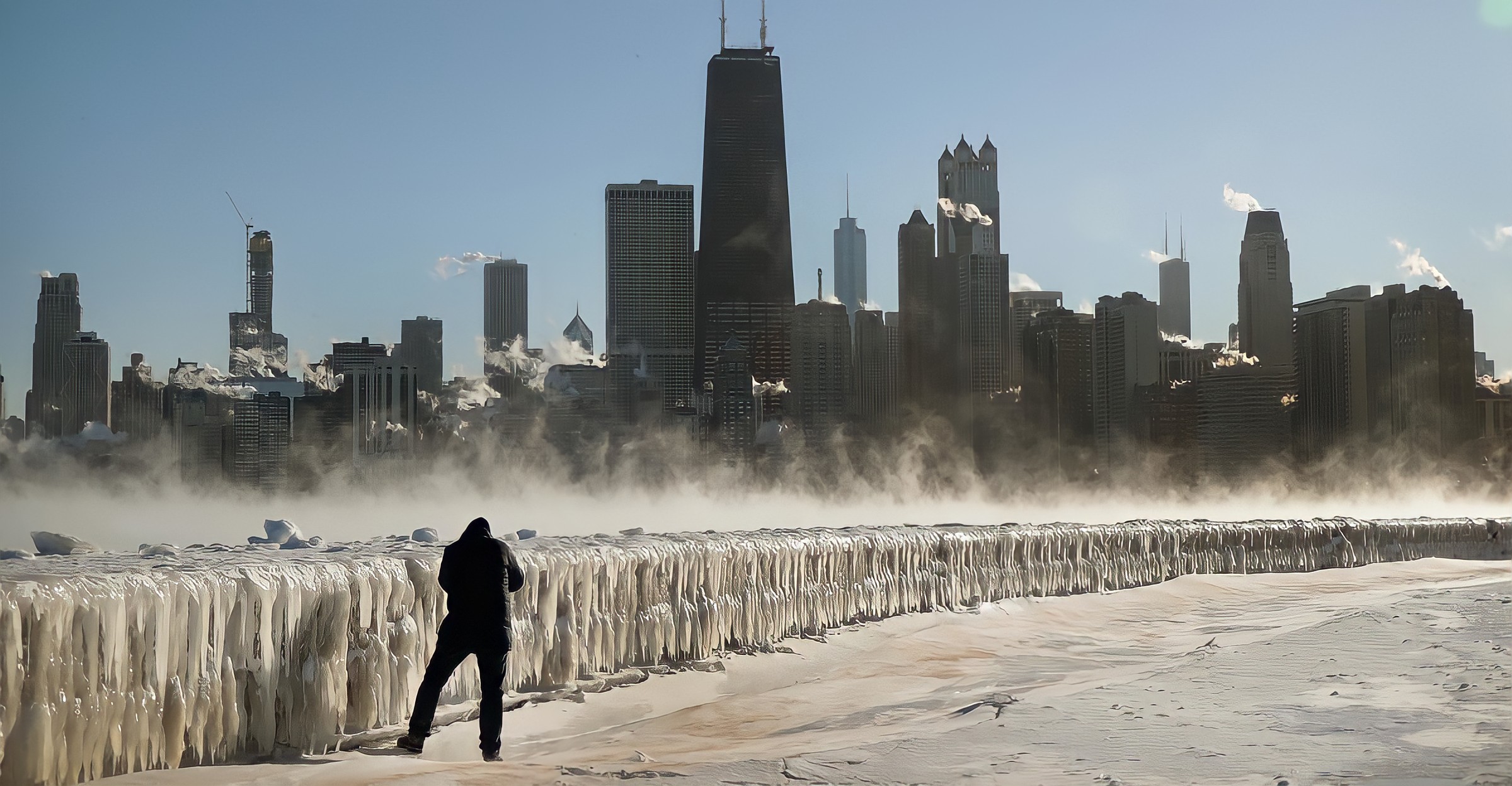
You might think spring means stability, but 2025 is rewriting the script. A sudden polar vortex collapse, triggered by rapid stratospheric warming, has set the stage for weeks of unpredictable, even violent, weather across the Northern Hemisphere.
Forget the idea that the polar vortex is an unprecedented, isolated anomaly; it is the heartbeat of winter’s atmospheric engine, and repercussions ripple far into the lower latitudes when it implodes. When the pressure systems reorder and jet streams totter on the brink of disaster, these coming weeks are an atmospheric Armageddon no one will forget. Hold on tight: revolution is arriving, and it will happen.
What Happens Up There?

A polar vortex breakdown is not just a cold snap—it’s a full-fledged atmospheric convulsion. When the stratosphere warms by 50°F or more in a few days, the vortex structure collapses, splitting or stretching the reservoir of cold air that typically sits securely over the pole.
In March 2025, an extreme sudden stratospheric warming (SSW) event occurred. It split the polar vortex in two, pushing high-pressure systems downwards through the atmospheric levels. As a result, the jet stream changed direction, and the seasons became confused, creating extreme weather events around huge portions of the planet.
Jet Stream Disrupts Weather Patterns

A polar vortex breakdown is more than a cold snap—it’s more like a vital air flip. Within a matter of a few days, the stratosphere warms by over 50°F, and the polar vortex breaks down. The cold air is pinned over the pole and then spreads or bifurcates.
A severe, sudden stratospheric warming (SSW) event shattered the vortex in March 2025 and brought low pressure down through the atmosphere. It skewed the jet stream and obfuscated the division of seasons. Therefore, catastrophic weather devastated continents, distorting weather patterns.
Agriculture’s Double Jeopardy
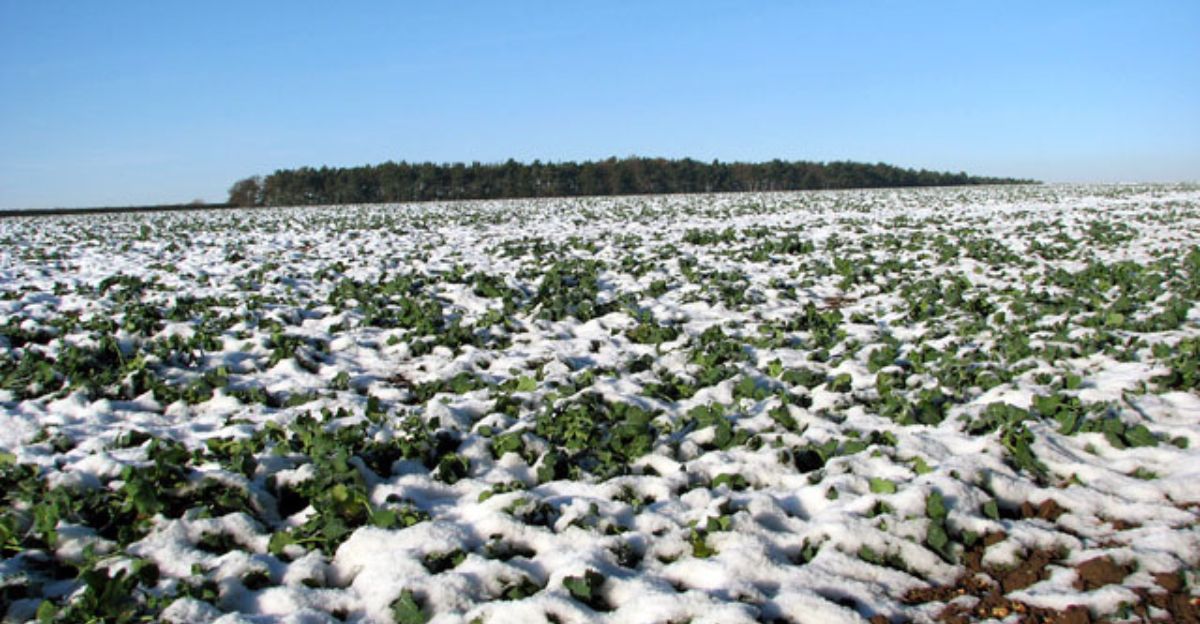
An unpleasant scenario hits farmers with double force. The disruption of the polar vortex has unleashed Arctic air while crops and fruit trees are beginning to bloom in Europe and North America. Limited snow cover, followed by quick freezes, equates to perennial crops like alfalfa and fruit trees potentially suffering up to 25% winter kill.
Late frosts in Eastern Europe will devastate early growth and threaten food security and rural economies as the growing season is upset. Far from being exceptional, however, the past few years have exposed a disturbing trend of recurrent, damaging late frosts in the wake of vortex disruptions.
Power Grids Under Pressure
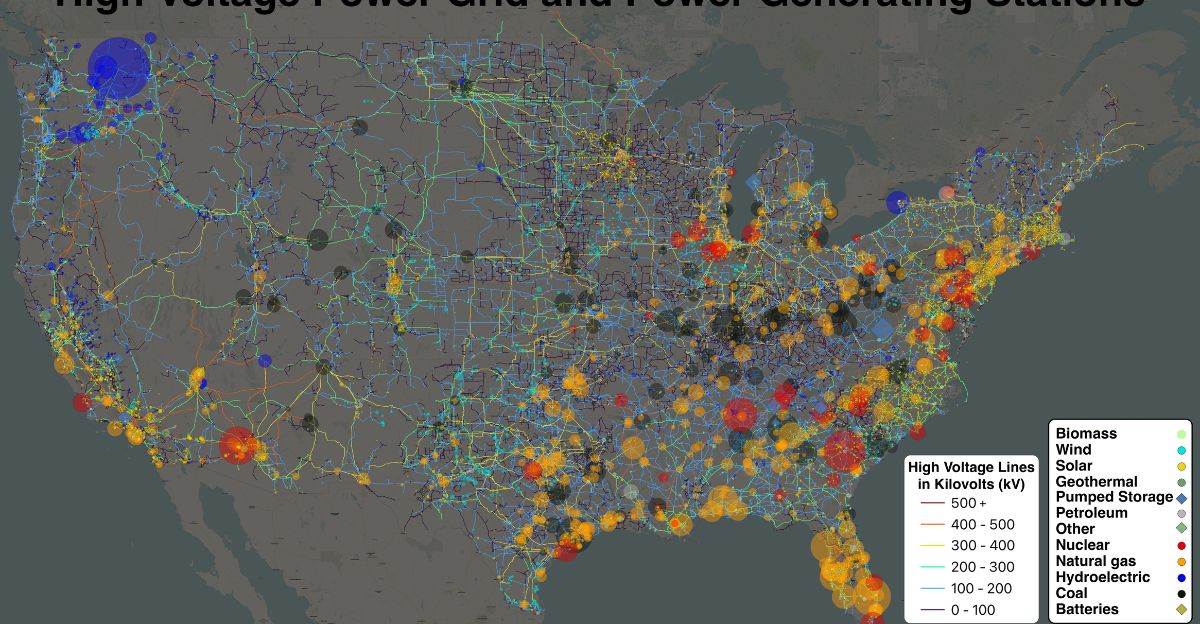
During 2021, the Texas blackout was a shot across the bow. When Arctic air moves south, energy demand peaks as infrastructure buckles, most notably in regions unaccustomed to deep freezes. In the month of January 2025, temperatures fell 20-30°F below normal in the U.S. and Canada, leading grid operators to declare emergency alerts and conservation requests.
As vortex collapses become increasingly frequent, the threat of rolling blackouts and price shocks increases. The energy industry’s transition to renewables is making it progressively harder, and smarter winterization and prediction are needed to keep the lights burning.
The Sharp Turn of the Economy
:_中華民國總統府.jpg)
Unpredictable weather is not only a meteorological oddity—it ruins bottom lines and undermines financial stability across entire industries. The results caused the crop, property, and business interruption insurance claims to surge unprecedentedly, severely burdening insurers and insureds. Supply chains are already at a breaking point from global uncertainty and economic anxiety. They are even more perilous as ports get clogged up, roads close, and labor productivity decreases due to adverse conditions.
The United States alone suffered billions in losses during the 2021 incident. As these catastrophic failures become increasingly common, policymakers and businesses must proactively factor atmospheric risk into every strategic plan to ensure long-term resilience and sustainability.
The Human Factor

Sudden, severe cold snaps ruin crops and commerce and hit people the hardest, disrupting daily life and threatening economic and human well-being. These unexpected plunges in temperature damage essential infrastructure, halt transportation, and stall business operations. Hospitals see dramatic spikes in hypothermia, respiratory illness, and mental illness emergencies as cold, isolation, and uncertainty weigh on individuals and communities.
Society’s most vulnerable members, ranging from people without housing to older people, are worst affected and, in most instances, have no resources with which to protect themselves. The psychological damage—anxiety, depression, and stress—can linger long after the weather warms up.
Climate Change
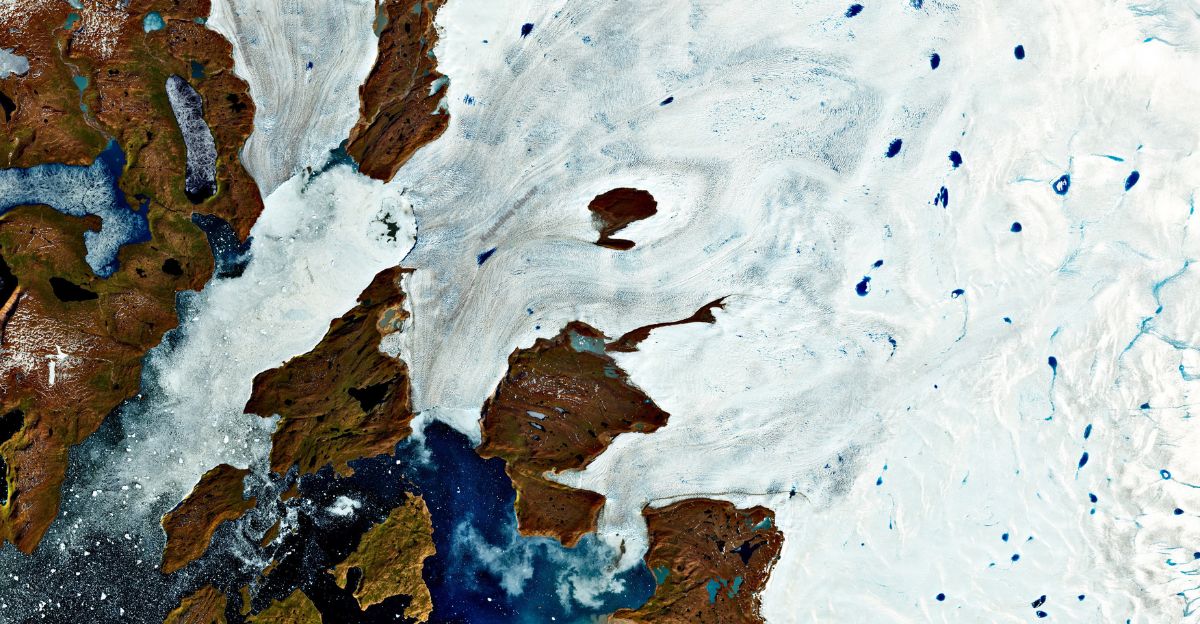
Is global warming triggering polar vortex collapses to become more common? The answer is subtle and contentious. Some studies link extreme Arctic warming and melting sea ice to a weakened, unstable vortex, increasing the likelihood of extreme mid-latitude weather. Others argue that noisy data divides the models into dueling camps over future trends.
One thing is certain: the Arctic is warming four times as fast as the world, and the chances of more volatility increase for every degree of warming. The argument in the case continues, but the stakes keep growing.
New Tools, New Insights
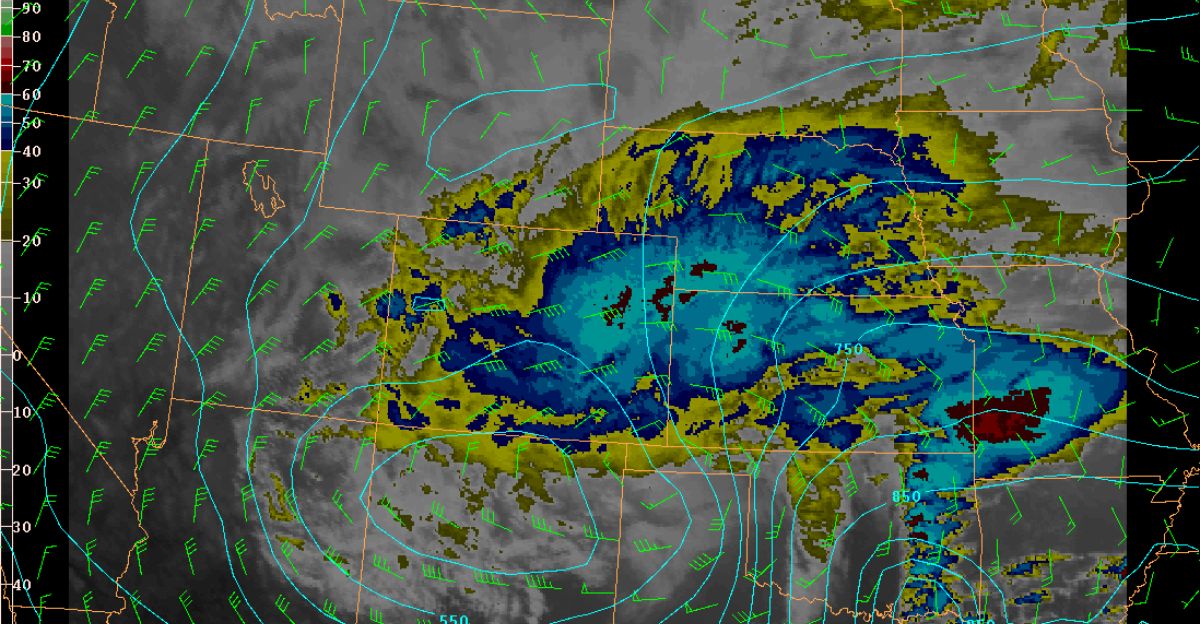
Traditional meteorology is stumped regarding the turbulence generated by vortex collapses, but new mathematical methods are turning the tide. Topological Data Analysis (TDA) is helping scientists decipher the code to the vortices’ complex, nonlinear dynamics, revealing hidden patterns and transitions that lead to collapses.
By analyzing atmospheric information in various ways, scientists can better predict when and how the vortex will collapse and what that means for ground weather. Our best hope for staying ahead of the next shockwave is the marriage of climate science and big analytics, offering powerful tools for understanding, forecasting, and responding to atmospheric instability.
Adapt or Be Overwhelmed
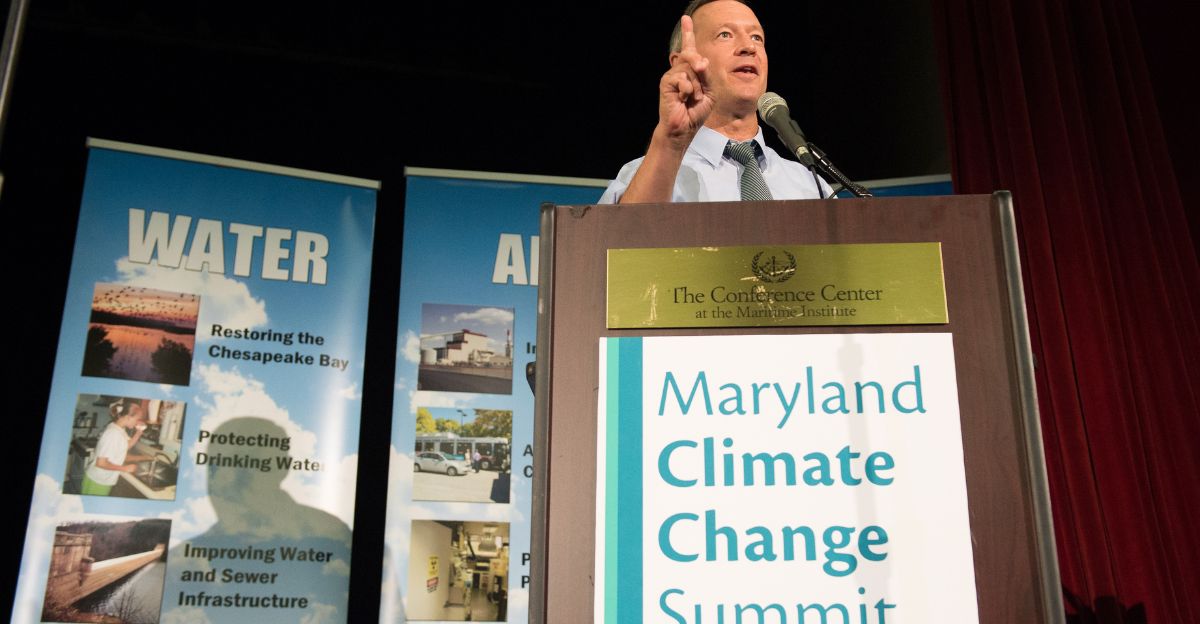
The unpleasant truth is that unpredictable weather after a polar vortex collapse is no longer an uncommon exception but the new norm. From agriculture to energy, health to economy, the ripple effects are widespread and picking up speed, disrupting lives, livelihoods, and entire systems. Communities face mounting challenges as crops fail, energy grids falter, and public health systems strain under pressure.
Denial and delay are not choices; leaders, scientists, and citizens must embrace adaptation, build resilience, and drive innovation. As the climate system becomes increasingly volatile, only those willing to rethink, retool, and act urgently will ride out the inevitable storms.
Explore more of our trending stories and hit Follow to keep them coming to your feed!

Don’t miss out on more stories like this! Hit the Follow button at the top of this article to stay updated with the latest news. Share your thoughts in the comments—we’d love to hear from you!







